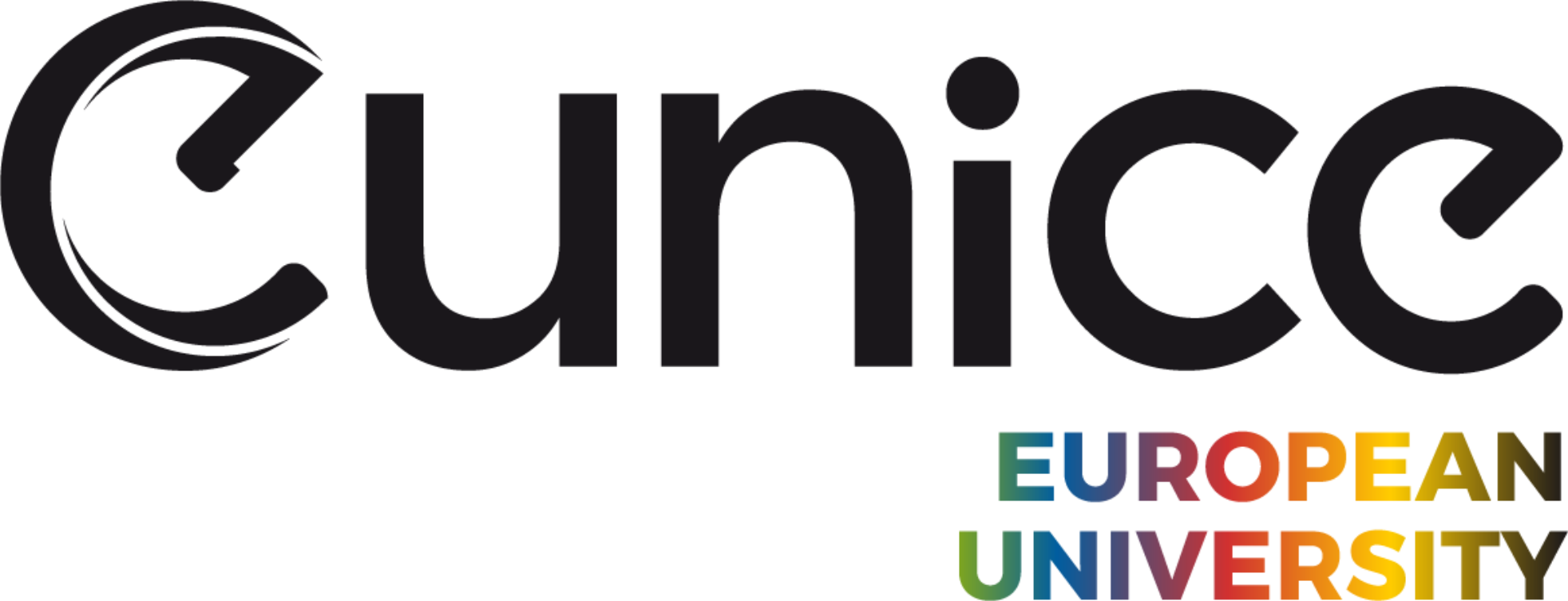Instrumentation and Control Development for ITER Diagnostics and Integration with Central CODAC
S. Simrock (ITER, France)
During ITER construction, most of its components will be supplied “in-kind” by the ITER Members. These in-kind contributions are being managed through a Domestic Agency (one per ITER Member) located within the Member’s own territory. The ITER diagnostics plant system consist of 50 + diagnostics system with the associated plant I&C. The scope of I&C system design and development is divided into seven ITER members and IO. To make the project successful it is required to standardise and demonstrate the development and integration process for diagnostics plant I&C systems. To achieve this purpose, a System Engineering Process was developed by ITER for the Diagnostic I&C. This methodology, fully compliant with the ITER Plant Control Design Handbook (PCDH), was implemented on the Basic Divertor Neutron Flux Monitor (DNFM) Use Case. The design process starts with the requirement capture from all relevant sources, continues with a description of use cases and operating procedures, and is followed by the functional analysis including the definition of all the variables providing the interface with CODAC through its networks. In the next step the hardware architecture is defined, the signals are documented and the cubicle configuration is determined. Finally, the state machine for plant automation is defined. The software implementation process is based on the CODAC Core System (CCS) and CODAC provided tools. The implementation starts with the loading of variables and the configuration of the HMI screens. It follows the implementation of the plant I&C functions. Then the operation procedures are implemented, manually executed and finally automated using the state notation language (SNL) provided with CCS. The integrated testing follows a set of test campaigns starting from acceptance of the installed hardware and of the source code in the software repositories. Then the software is compiled from the source code, installed, and configured for operation. This is followed by functional and performance tests to validate that the plant I&C meets all requirements. As a last step the operation of the plant system through CODAC supervision is demonstrated. This paper presents the development process of the Basic DNFM I&C through all lifecycle phases from design to site acceptance and summarizes the test results.
Download one page abstract












